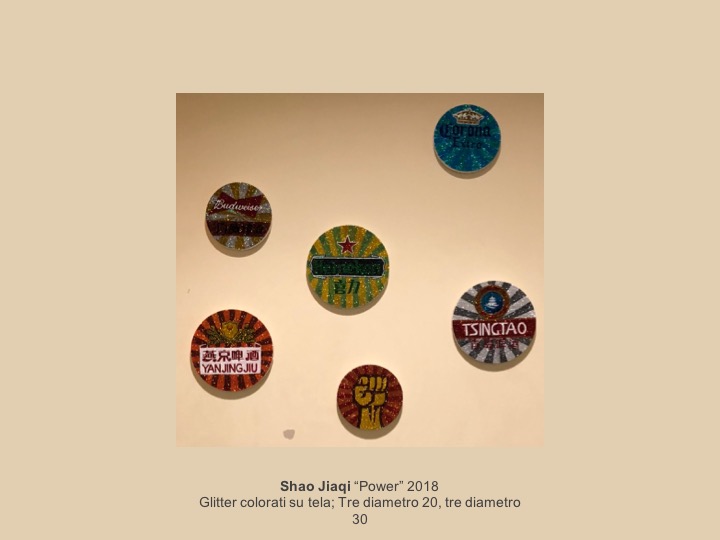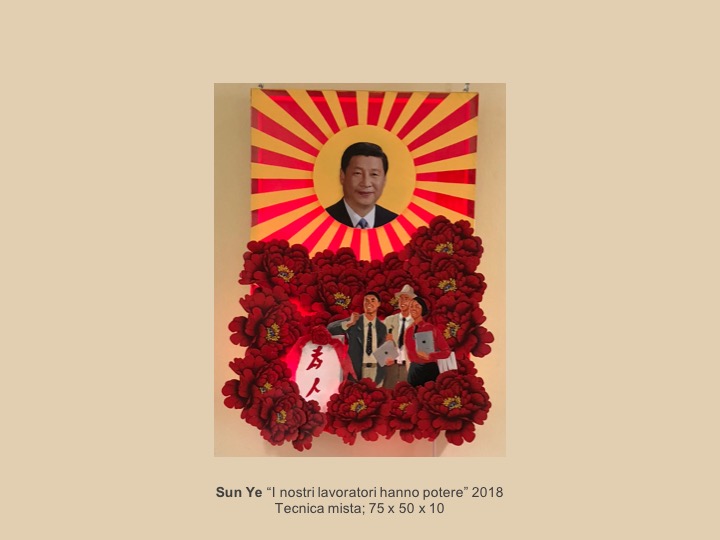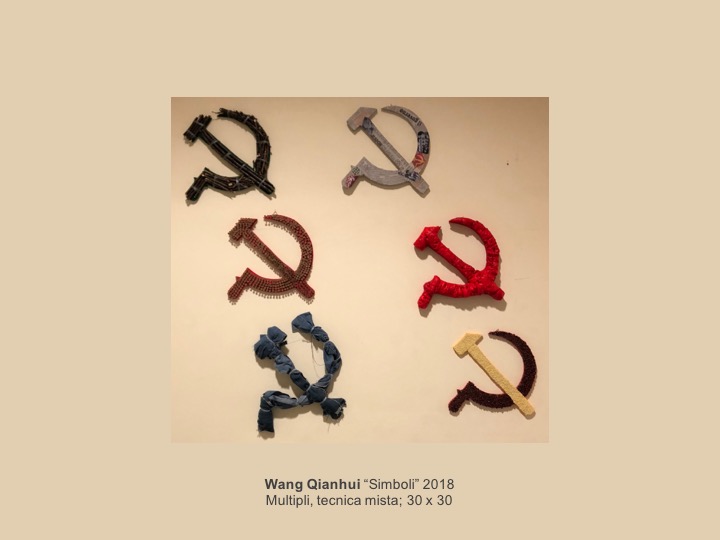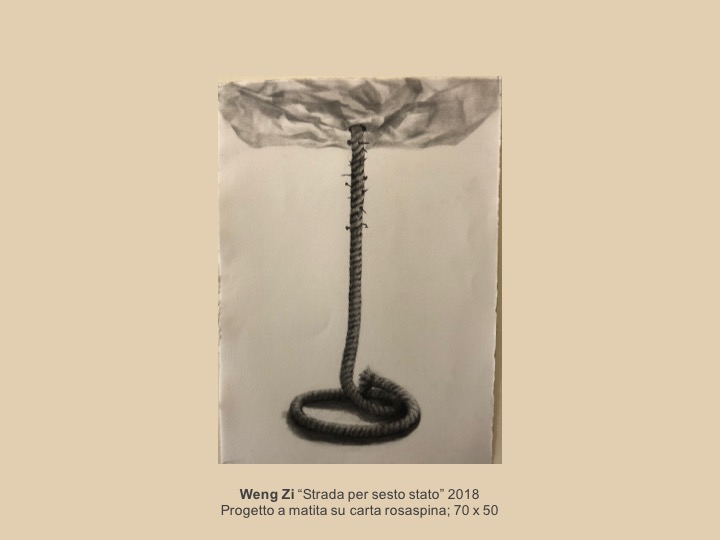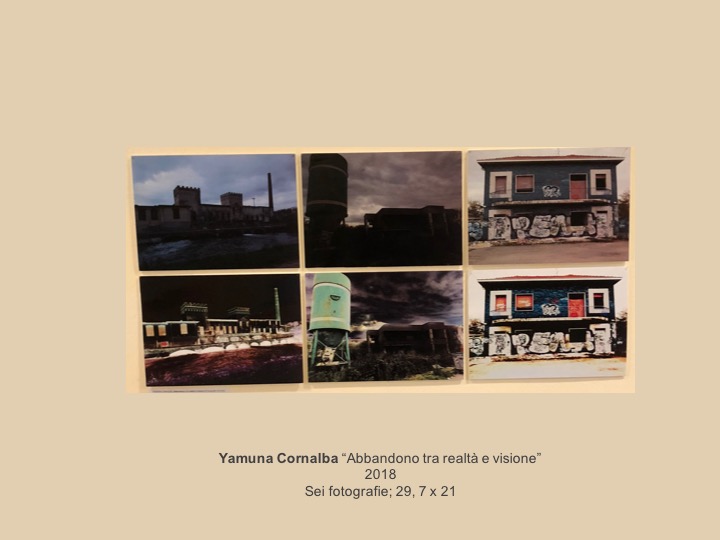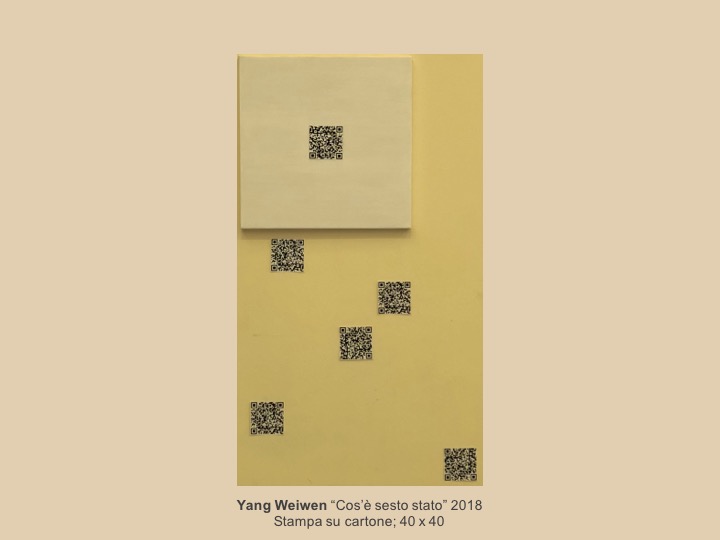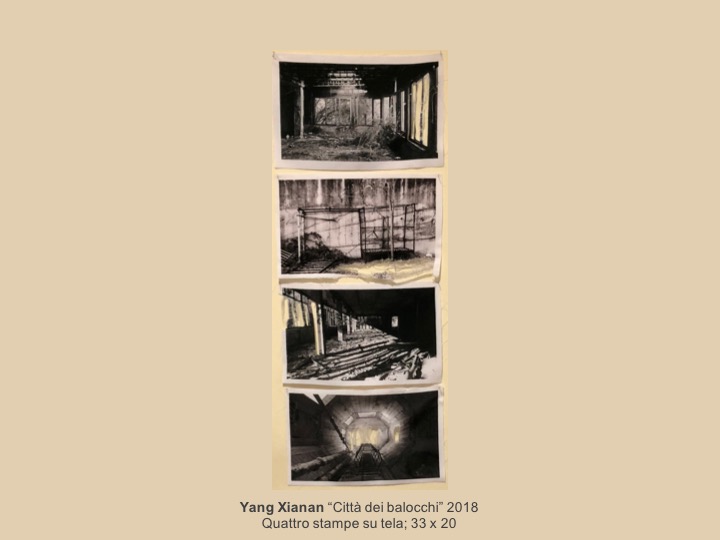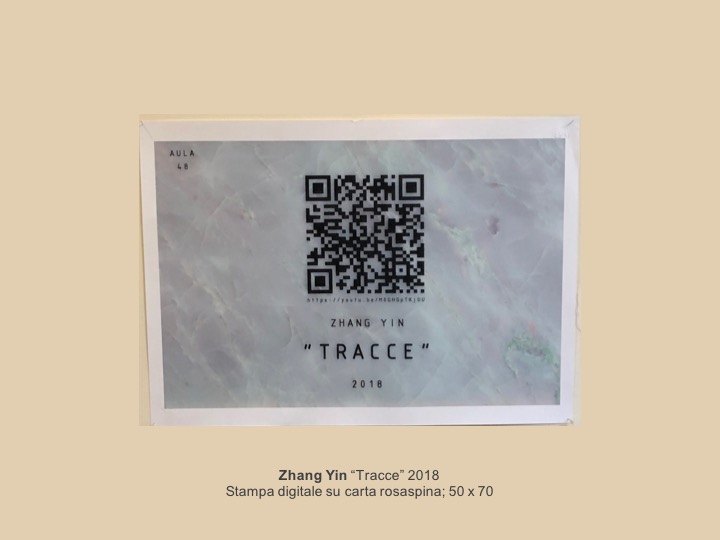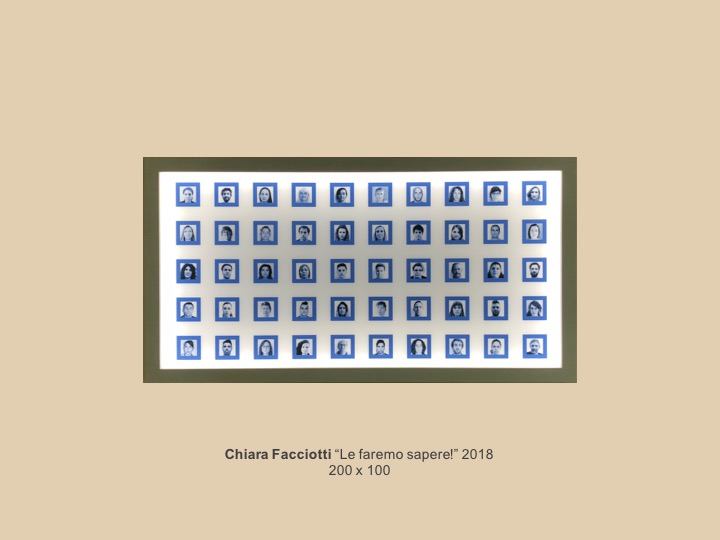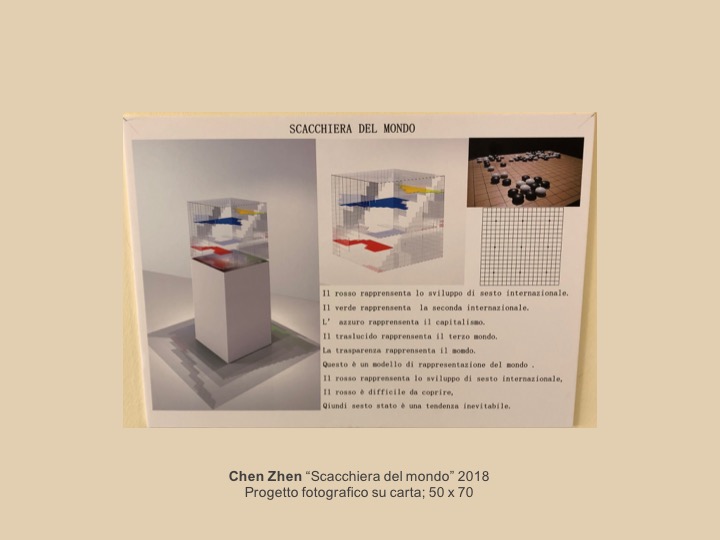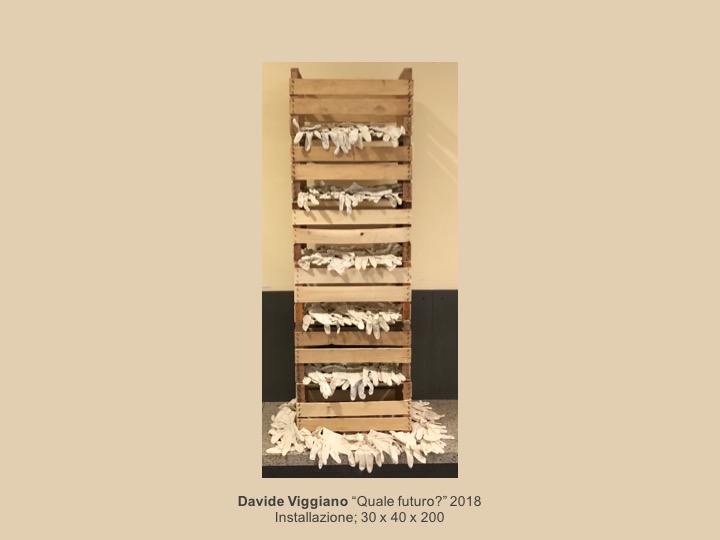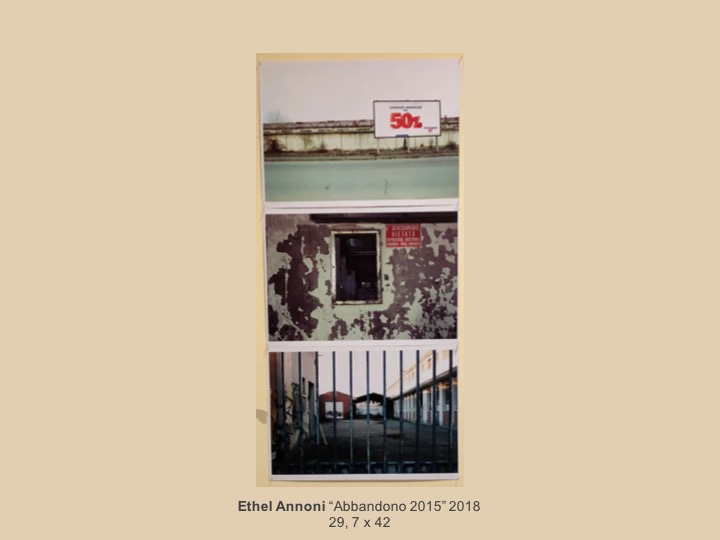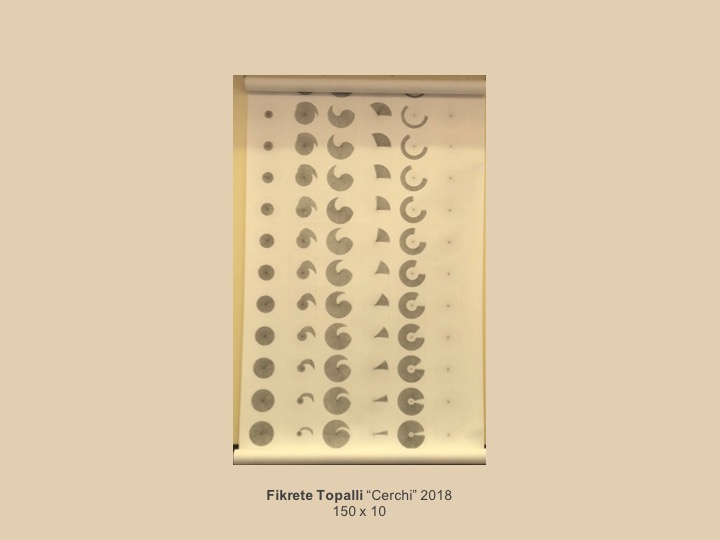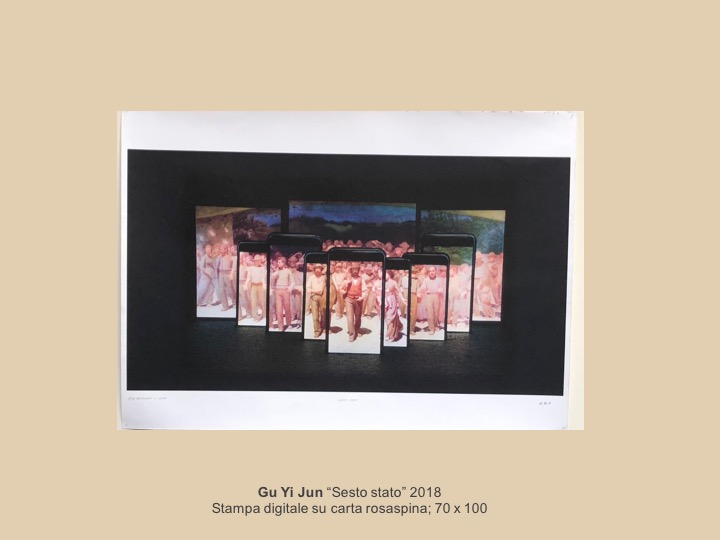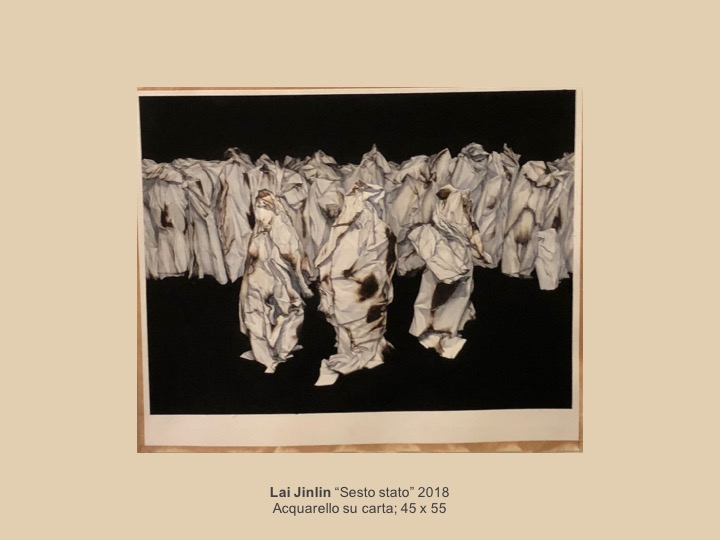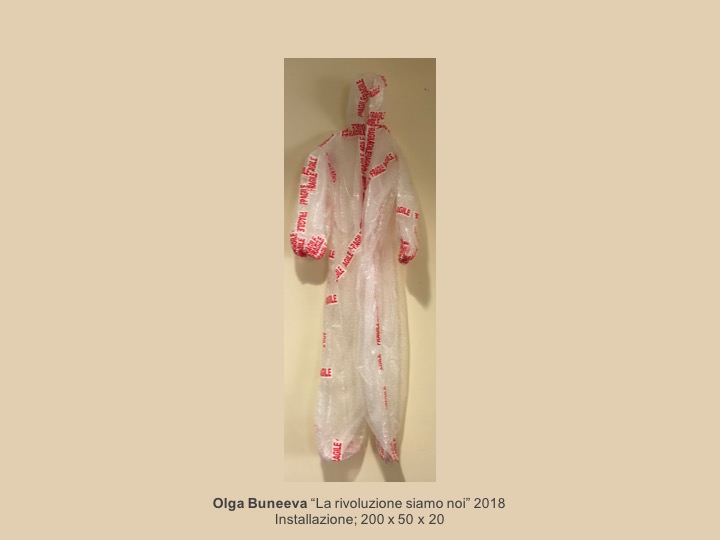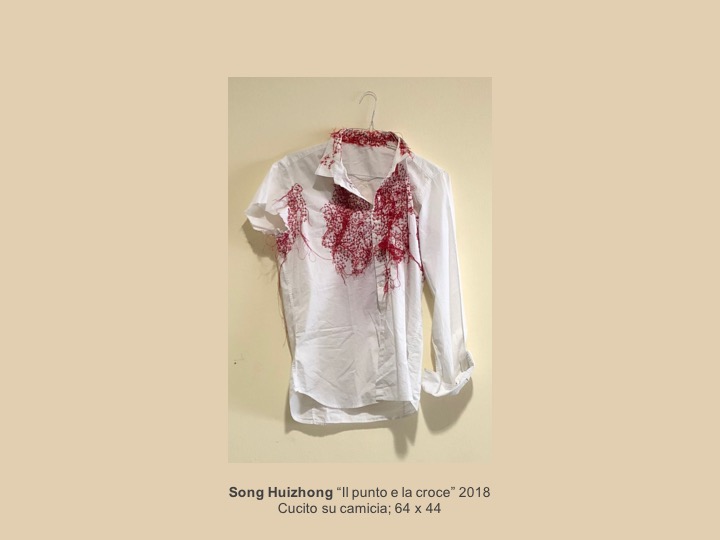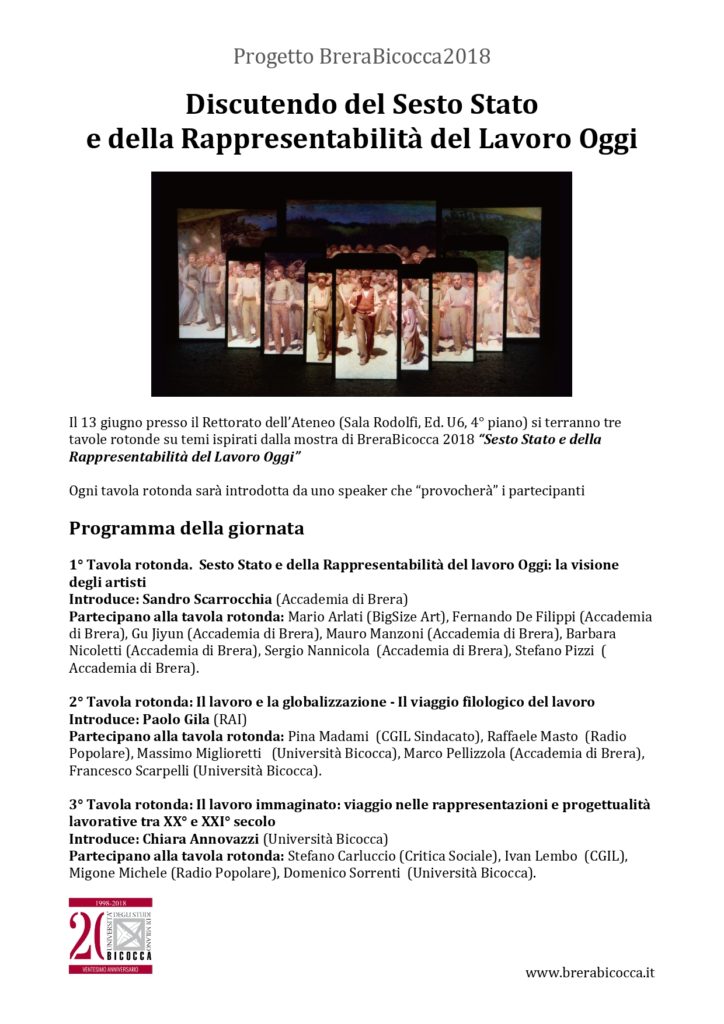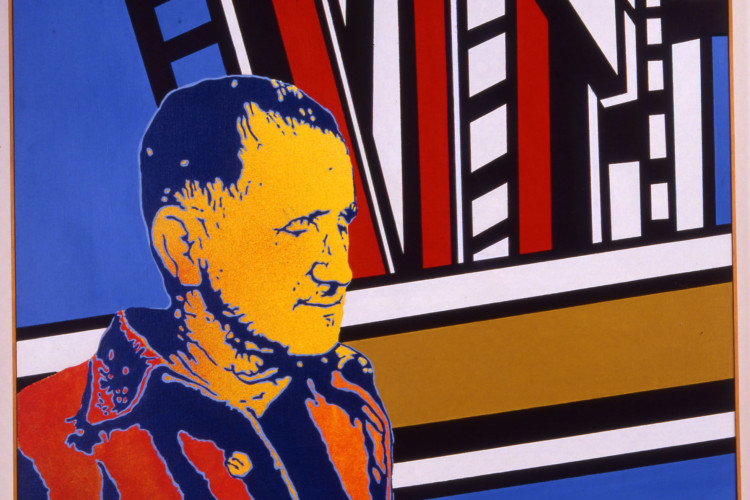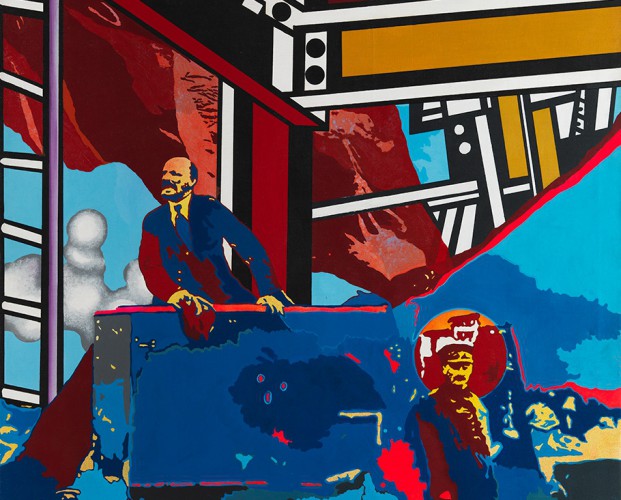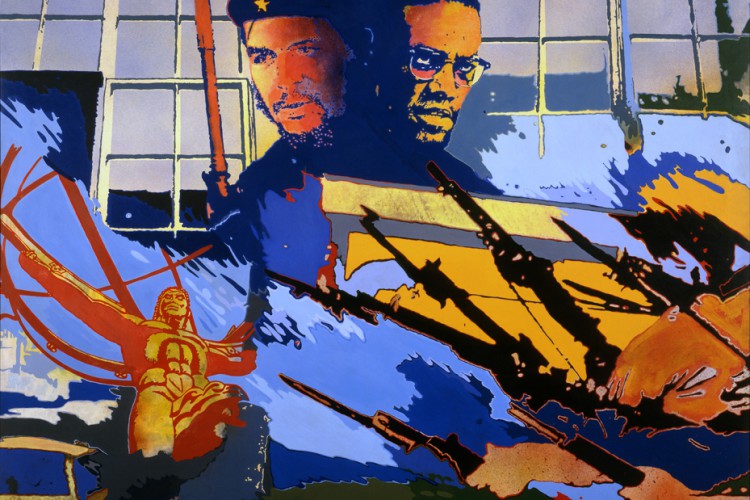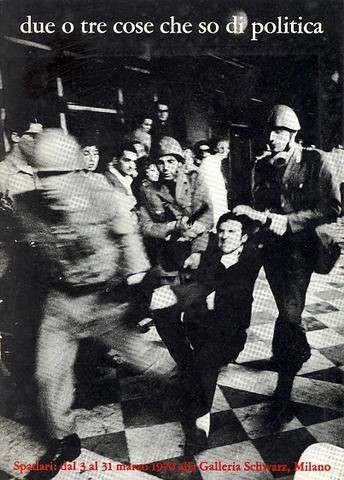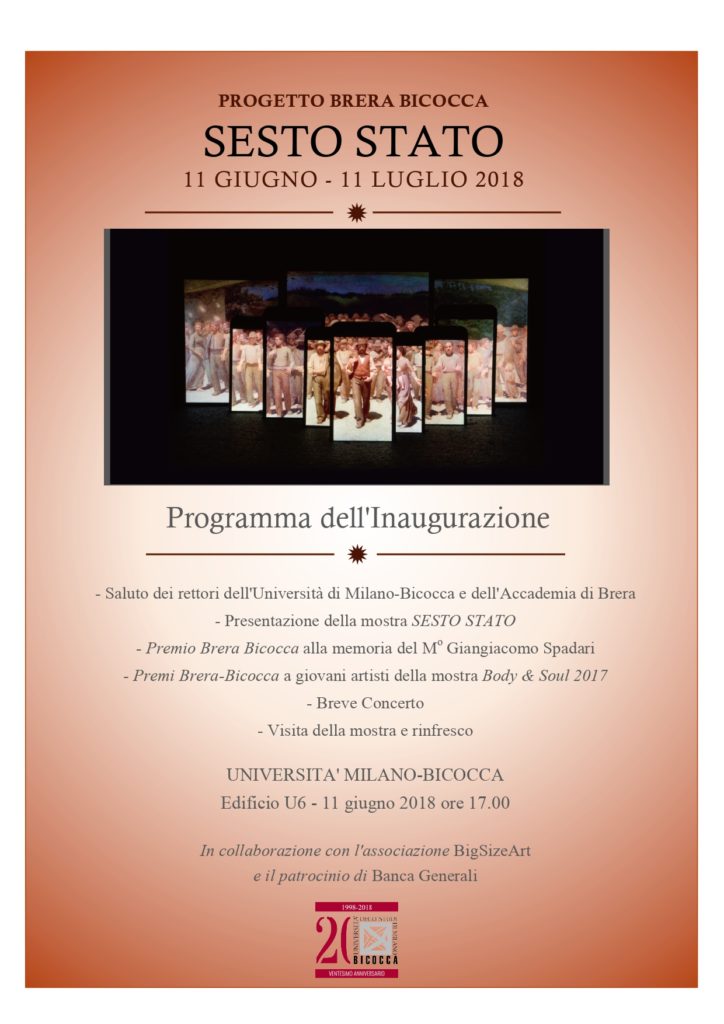Sesto Stato
The exhibition of BreraBicocca 2018: Sesto Stato
Round Tables
Discutendo del Sesto Stato e della Rappresentabilità del Lavoro Oggi
On 13th June 2018, three round tables were held on themes inspired by the Brerabicocca 2018 exhibition. Below, the poster of the event:
Awards
BreraBicocca Award 2018 – Masters
The Brera Bicocca Award 2018 to the Master is granted to Giangiacomo Spadari with the following motivation:
“Non si conosce un altro artista pittore che, come Giangiacomo Spadari, sia entrato così profondamente nella storia del secolo che ci ha lasciati raccontandola per immagini, usando il colore per imprimercele nella memoria, perché mai più ce le dimenticassimo.” – Raffaele De Grada
“We do not know another painter who, like Giangiacomo Spadari, has entered so deeply into the history of the century that he left us telling it in images, using color to imprint it in the memory, so that we never forget them.”
Giangiacomo Spadari
Born in San Marino in 1938, moved to Milan in the 1960s, Giangiacomo Spadari lives between Paris and the Lombard capital, where he died in 1997. The first solo show, presented by M.De Micheli at the Galleria Spotorno in Milan in 1961, followed by those by Gianferrari in 1965, at the Libreria Einaudi in 1966 (presents the cycle of paintings presented by V.Gregotti “La contestazione autorizzata,” the first act of his work on the analysis of the image and language of the mass media and the social role of art, a constant theme of his painting); from Bergamini in 1968 with text by G.Gassiot Talabot, from Schwarz in 1970 (“Due o tre cose che, so che so di politica,” with text by A.Lunatscharski), to Stefanoni di Lecco and Fonke di Gand. From the early ’70s, he worked on icons related to revolutionary characters, considered through the popular perspective, in the cycles of The rose and the lion, presented by Schwarz in 1972 with writings by Del Guercio, Guttuso, Schwarz, Spadari, Tadini, Trini, Zorzoli; Rosa Luxembourg at the Galerie Poll, Berlin 1973. In 1972 he also exhibited at the Galleria Comunale in Modena and at the Galleria Inquadrature in Florence; in 1973 at the Studio della Quaglia in Verona and at the Palais des Beaux Arts in Brussels; in 1974 at the Musée d’arte moderne de la Ville de Paris (ARC 2) and at the Galleria Bocchi in Parma. He began to work on famous film images such as “La corazzata Potemkin,” “L’angelo azzurro,” which he exhibited at the Galleria Rizzardi in Milan in 1974. In 1975 he presented Garibaldi and the historical compromise at the Borgogna Gallery in Milan (texts by G.Vettori and M.Perazzi) and the Mito by Garibaldi at the Studio della Quaglia in Verona and at the San Michele Gallery in Brescia, in 1976 he exhibited again Immagini da film at the Galleria Rizzardi in Milan, from Forni in Bologna, from Lanza to Intra (text by E.Crispolti), at the Sfera di Modena and at the Galleria Inquadrature in Florence; in 1978 he exhibited in Paris, Galérie 2C, in 1979 at Palazzo Diamanti in Ferrara (Tra cronaca e storia: il 68); between 1982 and 1984 presents Il tempo della natura da Bergamini a Milano (text by B.Corà), alla San Michele di Brescia e alla Gradiva di Roma (texts by Crispolti and Guttuso). In 1985 he exhibited in Barcelona, Madrid, Valencia. In 1988 he presented “Il nuovo e la sua tradizione” at the PSI Congress in Rimini, in 1988 “La pitié de l’amour” at the Galérie Bercovy-Fugier in Paris (text by J.L Prandel), and in 1989 he exhibited The Landscapes of the Venice Biennale in San Marino. In 1990 an anthology at the Palazzo Ducale in Pavullo Modena. In 1992 he presented “I sette peccati capital” at the Galleria L’Eroica in Milan (text by F.Poli), in 1993 “Spadari – Amarcord” at the Galérie du Centre in Paris (text by P.M.Levergeois), in 1994 a solo exhibition at the Milennium in Milan. In 1996 “Autobiography,” the artist’s last living exhibition at Studio Spaggiari in Milan (text by T.Trini). Among the posthumous exhibitions, anthologies of 1962-1997 work at the Spazio laboratorio Hajech in Milan and at the Ex Convento di S.Chiara in San Marino in 1998 (texts by F.De Filippi and F.Pensa). In addition to the exhibitions of the various national awards throughout the ’60s, Spadari exhibited collectively in 1966 at the Galleria Nuova Milano (Nuova situazione milanese), at the Galleria La nuova pesa in Rome (“Aspetti della pittura e scultura a Milano”); with De Filippi and Baratella at the Galleria Pagani in Milan in 1967 and at the Galérie Ranson in Paris in 1968. In the same year he exhibited at Nuovi materiali e nuovo linguaggio at the Galleria Vismara in Milan, at the Ière Biennale de l’Estampe in Paris, at “Le poetiche e i linguaggi gestiti” in Salerno and at “Alternative attuali”. all’Aquila. In 1969 he realized with Baratella, De Filippi, and Mariani the environment “Italian repression” for the Salon de la jeune Peinture at the Musée d’art moderne de la Ville de Paris; in 1970, he participated in “Art against,” on a text by M.De Micheli, in Arezzo, Ravenna, Grosseto, Rimini; “Kunst und Politik” in Karlsruhe, Wuppertal, Frankfurt, “Aspecs du racisme” in Paris. In 1971 he exhibited at the XVII Biennale in Milan; in 1972 at “Giovane pittura in Italia” in Gennazzano, at the Salon de la jeune Peinture at the Grand Palais in Paris and at the Quadriennale in Rome; in 1973 at the XVIII Biennale in Milan, at “Arte in Lombardia 1945-1973” at the Villa Reale in Monza, at “4 painters and a city: Milano” with Baratella, De Filippi, Mariani at the Palais des Beaux Arts in Brussels and at the Musée d’art moderne de la Ville de Paris in 1974 (texts by Crispolti and Dypréau). In 1976 he exhibited at the Venice Biennale and at “Storia e o cronaca” at the Ridotto of the Teatro Regio in Parma. In 1977 he exhibited at “Mithologies quotidiennes” at the Musée d’art moderne de la Ville de Paris, at “Arte in Italia 1960-1975” at the Galleria d’arte moderna in Turin, at “Quotidien, histoire, utopie” at the Maison de la culture in Grenoble. In 1979 he exhibited at “Aspetti dell’arte contemporanea” at the Museum of Zagreb, in 1981 at “Quando i pittori fotografano” at the Municipal Gallery of Arezzo and at “Ricerche dell’arte italiana” from 1960 to 1980 at the Palazzo delle Esposizioni in Rome; in 1982 at “30 anni d’arte italiana 1950-1980” at Villa Manzoni in Lecco; in 1983 at “Il Pop Art e l’Italia” at Castello Visconteo in Pavia; in 1986 he exhibited at the exhibition “Rose und Karl” at the Penthonville Gallery in London and at the Quadriennale in Rome; in 1988 he returned to the Venice Biennale. In 1989 he participated in “Aspects of Italian painting from the postwar period to the present” at the Museum of Fine Arts in Rio de Janeiro and São Paulo; in 1990, he exhibited at “Konkrete Utopie” in Düsseldorf and Zurich. Since the late 1980s, he has been dedicating himself to portraits of personalities from literature, the visual arts, and sports. In 1991 he exhibited at “Memoria, metafora, mito” (with texts by Crispolti and E.Pontiggia) at Villa Ponti in Varese and at “Artistes italiens à Paris” in Metz;
BreraBicocca Award 2017 – Students
The winners of the BreraBicocca Award 2017 presented their work at the exhibition Body and Soul 2017 and are:
- Lorenzo Brivio: BreraBicocca Award
“L’uno è quello che l’altro non è” 2017 120×192 cm, acrylic on gauze.
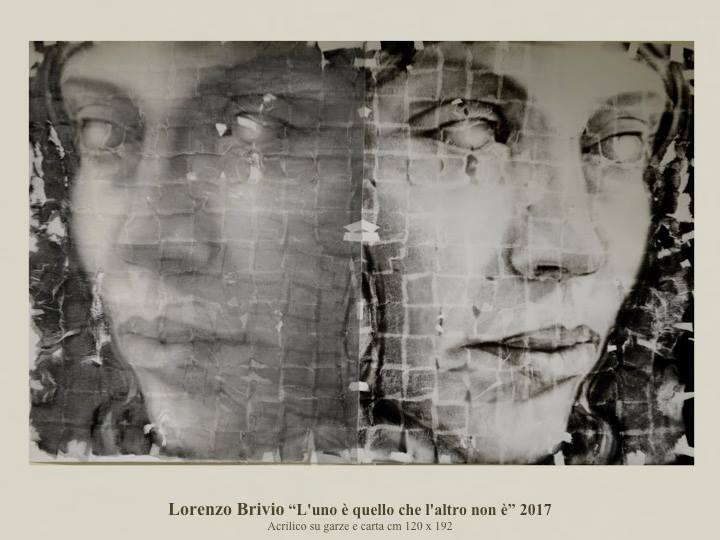
- Tommaso Lugoboni: BigSize Art Award
“Ipotesi sul sacro” 2017 150×150 cm, mixed technique.
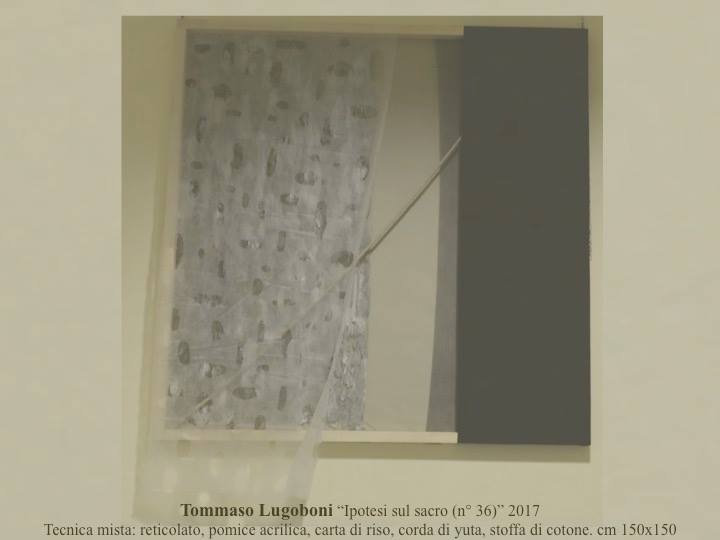
- Elena Giovannetti: Banca Generali Award
“Duale” 2017 70×110 cm – dittico (70×50 cm cad.), mixed technique on paper.
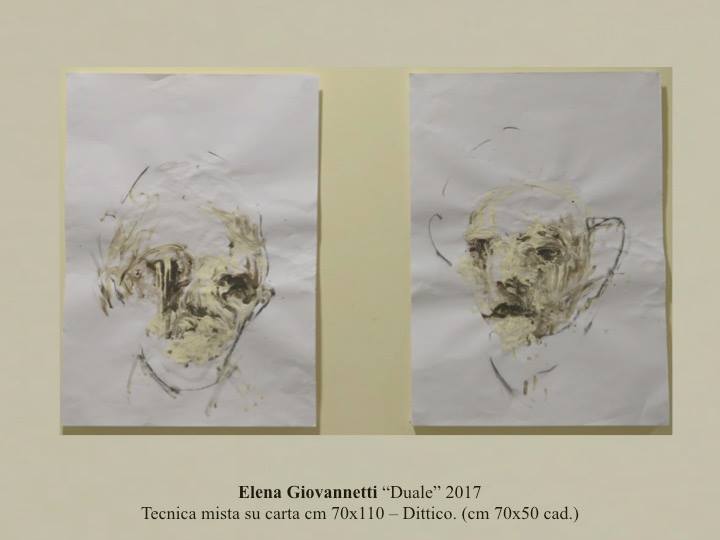
- Giorgio Galgano: Studio Mauri – Associazione per l’Arte l’Esperimento del Mondo Award
“Trittico del Silenzio” 2017. Digital pictorial works, variable dimensions – triptych (53×43 cm each)
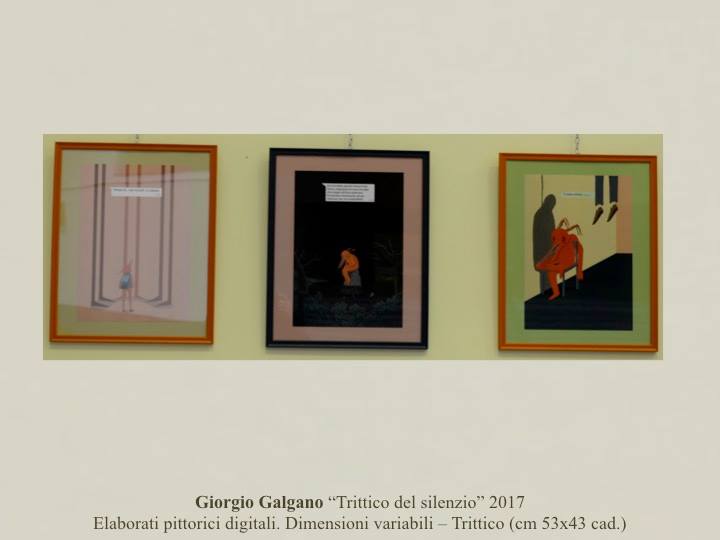
- Miriam Delle Castelle: BreraBicocca Award – online voting
“Opuntia, Roots and Soul” 2017 50×90 cm – Diptych (50×40 cm each), acrylic on canvas.
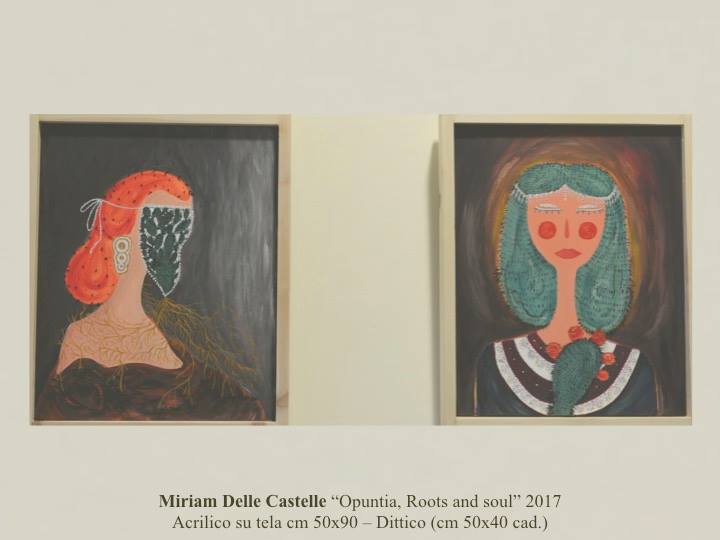
Extras
Program of the opening of the exhibition Brerabicocca 2018
The BreraBicocca Project is in collaboration with the Association BigSizeArt, Banca Generali and Fondazione Cariplo.
